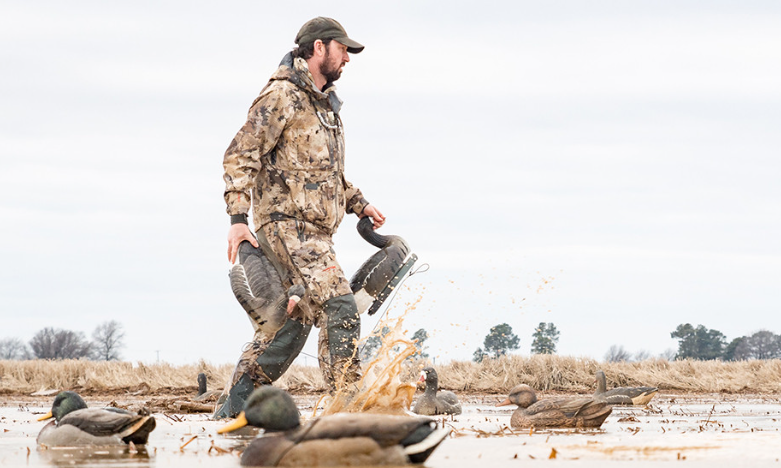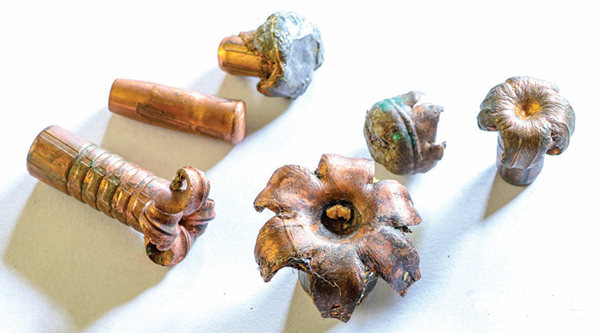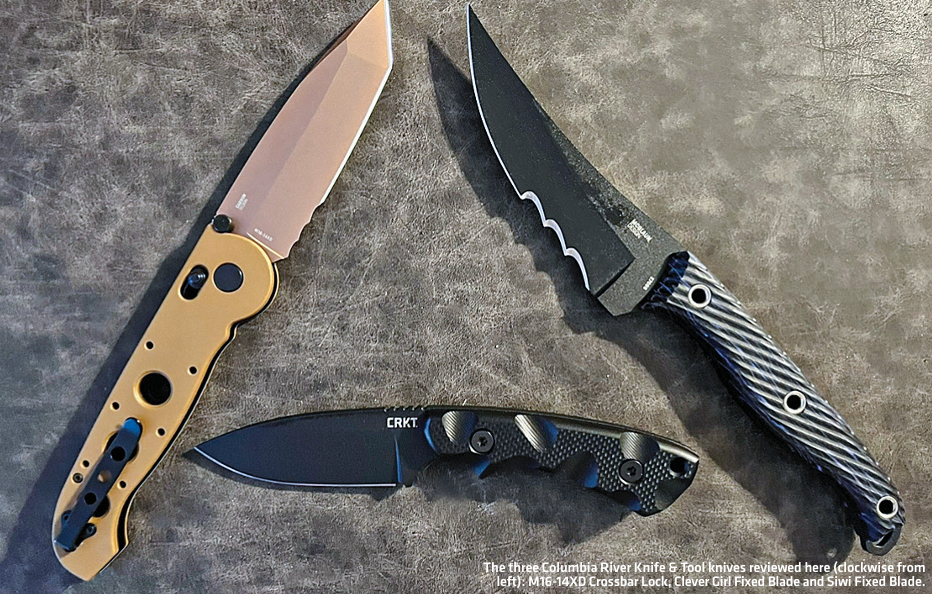Despite The Rise Of The 6.5, The 7mm Remains America’s Favorite Metric Hunting Cartridge
STORY AND PHOTOS BY BRAD FITZPATRICK
It’s hard to pick up a shooting magazine or wander through a large gun store without coming face to face with one of the myriad of popular 6.5 cartridges. Some, like the 6.5 Grendel, 26 Nosler and 6.5 Creedmoor are relatively new. Others, like the 6.5×55 Swedish Mauser, are practically historic. But the 6.5s are trending right now in every platform for hunting and competitive shooting.
I won’t take anything away from the 6.5s. They’re versatile cartridges that are accurate out to long range. But the king of the metric mountain is and will be (at least in the foreseeable future) the 7mms, and here’s why.
Modern smokeless 7mm cartridges have been around for more than a century. The first truly successful sporting and military 7mm across the Atlantic was the 7mm Mauser, and at the Battle of San Juan Hill, Teddy Roosevelt and his Rough Riders realized that the fast, accurate, flat-shooting Mauser 93s in 7mm Mauser were far superior to their .45-70 Springfields. That battle prompted a change in American cartridge design that continues to this day.
Shortly after the Second Boer War ended, WDM “Karamojo” Bell, the Scottish adventurer, soldier and hunter, began hunting ivory professionally in Africa using a 7mm Mauser rifle. Also known as the 7×57, Bell’s rifle accounted for a number of big tusker trophies across the Dark Continent, most of them taken with precarious brain shots.

Why was the 7mm so effective?
In that particular case, Bell used a 173-grain bullet with a sectional density of .306, higher than a .375 H&H Magnum with a 300-grain bullet. Long, heavy-for-caliber bullets penetrate well, battle the wind and carry energy over long distances. But despite its power, the mild little 7mm Mauser was (and is) very comfortable to shoot.

Today, the round faces competition from the 7mm-08, another mild 7 formed by necking down the .308 Winchester.
But while the 7mm Mauser and 7mm-08 remain excellent options, 170-plus-grain bullets are no longer the norm. Modern factory loads have bullets from 120 to 140 grains, which offer ample knockdown power for nearly all North American game at moderate ranges. These two mild 7s are great for just about any game, and that includes elk and moose, though there are better, more specialized options outlined below.

IN THE 1950S AND 1960S, there was an arms race of sorts going on in the United States. Big, belted magnums that shot flat and hit hard were en vogue, and no person symbolized that line of thought more than Roy Weatherby. Weatherby had recently designed his ultrasafe Mark V rifle, and that led to a jump in the popularity of his cartridges.
Weatherby already offered a 7mm Weatherby Magnum design, but the caliber took off in the Mark V with Western hunters who wanted to kill elk, mule deer, whitetail and just about anything else across wide canyons. The flatshooting 7mm Weatherby, with its large case and Venturi shoulder, had the capacity to burn lots of powder. And with better bullets on the market, the 7mm Weatherby became a star.


Remington seized on the 7mm’s success in 1963 with the production of the 7mm Remington Magnum, an effort that happened to coincide with the release of the budget-priced but accurate Model 700. The years that followed saw an unprecedented jump in the 7mm Remington Magnum’s success, and it remains one of the most popular American hunting cartridges today.
Although these two 7mm magnums were at the top of the class in speed and power in the ’60s, they have since been eclipsed. But each remains an extraordinarily versatile round that blends sufficient game-killing energy, flat trajectories, and tolerable recoil. In fact, both the 7mm Remington Magnum and 7mm Weatherby Magnum beat .30-06 velocities by more than 300 feet per second with the same or slightly higher recoil.

The midmagnum 7s are perfect for everything from antelope and whitetails to elk and moose, and both have great reputations among African professional hunters. If you are sheep hunting, these are your rounds as well.

The 7mm Remington Magnum is more widely available, and ammo and guns for it are less expensive, but don’t overlook the Weatherby. If you are a fan of the Mark V or are looking to have a custom rifle built, it’s a great option. Bullet weights for these cartridges pick up where the mild 7s leave off; expect to find what you need ranging from 139 to 175 grains. There are precious few things that these 7mms won’t do, and I’d be at a loss without one midpower 7mm in the gun rack.
THE 7MM FAMILY continues to grow, which is a testament to how great this bullet diameter really is. The first is the .280 Ackley Improved (.284 is the diameter in inches of the 7mms). It isn’t exactly new – developer P.O. Ackley used the .280 Remington case as its base – but Ackley gave the case a steeper shoulder slant (40 degrees), and in 2008, this wildcat cartridge became SAAMI recognized.
Since then, the hunting world has adopted this cartridge with gusto; Nosler loads a variety of ammo for it, and really good factory rifles are available from Kimber, Nosler, Montana Rifle Company and others. The .280 AI, as it’s called, can fire .280 Remington ammo (and the resulting case is fire-formed to .280 AI afterwards), yet it is capable of nearly matching 7mm Remington Magnum velocities with less powder and muzzle blast from lighter rifles. Plus, it’s known for accuracy. While the .280 isn’t as widely available as the 7mm Remington Magnum it’s a great option that gives you – pardon the pun– the most bang for your buck.

Another new 7mm is the impressive 28 Nosler. Based on the 26 Nosler case (which, a few generations back, came to us from the .404 Jeffrey), the 28 Nosler uses a lot of slow-burning powder. The 160-grain factory loads leave the muzzle at 3,300 feet per second and, when sighted in at 200 yards, the bullet is only 14.9 inches low at 400 yards. That’s flat-shooting!

The 28 Nosler is winning fans quickly, especially among sheep and elk hunters who want plenty of power and range without getting thumped at the back end by a .300 magnum. The flat trajectory simplifies long shots, and this cartridge will kill anything reliably with the exception of the largest and most dangerous game. Nosler has begun to make rifles chambered for this cartridge, and they promise sub-minute-of-angle accuracy. The Model 48 Liberty rifle I tested from Nosler beat that figure considerably.
It appears that the next generation of great, fast 7mms has arrived, so whether you are hunting big game or clanking targets from long range, this versatile caliber – from the wild and mild to a host of newer cartridges – will help you achieve your goals. AmSJ












